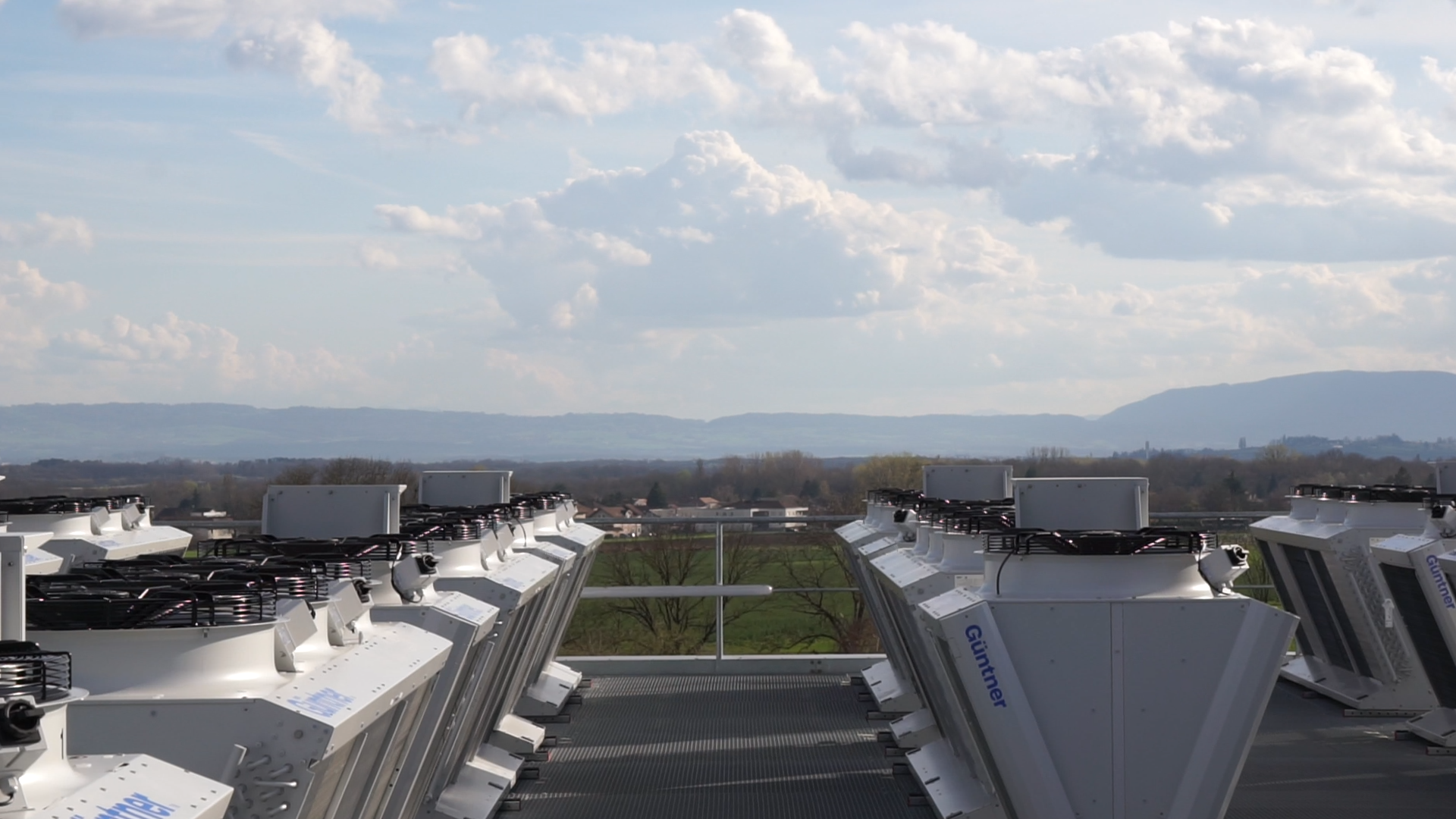For World Environment Day, celebrated by the United Nations on 5 June, CERN reaffirms its commitment to environmentally responsible research. Among numerous actions, CERN has a dedicated strategy to reduce emissions, which targets gas recirculation, gas recovery and exploring the use of alternative gases. Currently, the majority of CERN’s direct greenhouse gas emissions come from its particle detectors, which use a range of gas mixtures for particle detection and detector cooling. These gases are mainly synthetic refrigerants, including fluorinated gases with a particularly high global warming potential.
Since 2017, CERN has been developing a novel approach to detector cooling using carbon dioxide (CO2). CO2 has a global warming potential of 1, which is several thousand times lower than the synthetic refrigerants currently used in low-temperature refrigeration systems, making it an excellent alternative. The Engineering department’s Cooling and Ventilation group and the Experimental Physics department’s Detector Technology group, with the support of other teams across CERN and partners in science and industry, are currently renovating the cooling systems of the ATLAS and CMS inner detectors. Surface work is already under way, while underground work will take place during the next long shutdown, LS3, scheduled to begin at the end of 2025. The objective is to achieve a drastic reduction of direct emissions of fluorinated gases, saving the equivalent of 40 000 tonnes of CO2 each year.
How? Every technical parameter has been optimised to cool CO2 to -53 °C, close to the temperature where CO2 becomes solid (-56.6 °C), pushing the performance of the equipment and the standard cooling cycles. Not only will this technology contribute to CERN’s objective of reducing its emissions, but it could also have applications in other low‑temperature industries, notably the food and pharmaceutical industries, furthering CERN’s tradition of knowledge and technology transfer for the benefit of society. Find out more in the new video below.
This is just one of CERN’s initiatives to minimise its impact on the environment in key domains, including energy, water, waste, sustainable land use, noise and emissions. Find out more here.

